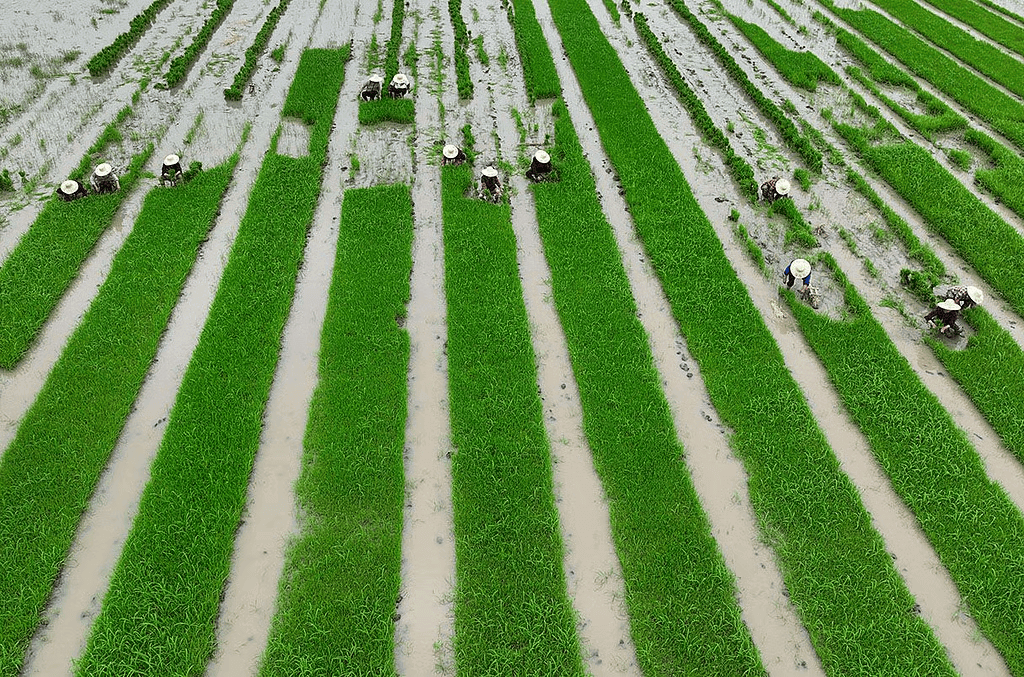Tags
Fighting Malnutrition in the Philippines with Biofortified Rice

In the Philippines, where rice is a staple food eaten daily by most households, Vitamin A deficiency continues to affect children’s health. This deficiency can lead to blindness, stunted growth and higher rates of illness. To combat this, researchers and development partners are fighting malnutrition in the Philippines with biofortified rice. Also known as Golden Rice, this biofortified variety is rich with Vitamin A. By adding vital nutrients directly into the staple diet, Golden Rice has the potential to improve nutrition for millions of low-income families.
Partnerships Bringing Nutrition to Families
The Philippine Department of Agriculture in collaboration with the Philippine Rice Research Institute (PhilRice) leads the rollout of biofortified rice and the International Rice Research Institute (IRRI), which is based in Los Baños, Laguna [3]. Together, these organisations have spent over a decade developing a variety of rice that not only grows well in local conditions but also delivers meaningful levels of Vitamin A.
Support has also come from global initiatives such as HarvestPlus, part of the CGIAR research partnership, which specialises in promoting biofortified crops. Through training, seed distribution and farmer support, HarvestPlus and its partners are ensuring that Golden Rice reaches the communities most at risk of malnutrition.
Reaching Communities in Need
The first planting of biofortified rice in the Philippines began in 2022 in provinces with the highest rates of Vitamin A deficiency. PhilRice has distributed seed to local farmers and provided training on cultivation, while IRRI has worked alongside government agencies to monitor yields and nutritional outcomes, Reuters reports. The Department of Agriculture has committed to scaling up production nationwide, aiming to integrate Golden Rice into school feeding programmes and rural markets.
For families who cannot afford vegetables, meat or dairy on a regular basis, Golden Rice provides a low-cost way to improve diets and reduce poverty-linked illness. Studies show that just one cup of cooked Golden Rice can provide up to 30–50% of a child’s daily Vitamin A requirement.
A Model for Future Biofortification
Golden Rice is part of a broader movement to use biofortification to combat “hidden hunger.” Alongside Vitamin A-enriched rice, IRRI and HarvestPlus are supporting the development of zinc-biofortified rice and iron-rich crops for the region, Science reports. These innovations aim to strengthen food security and health without requiring major changes to eating habits. The hope is that biofortified crops could quickly become a trusted part of the Filipino diet, helping to reduce child malnutrition across the country.
A Brighter Future for Children
Fighting malnutrition in the Philippines with biofortified rice demonstrates how science and partnerships can deliver solutions to some of the world’s most pressing health challenges. By working together, PhilRice, IRRI, HarvestPlus and the Department of Agriculture are transforming a staple food into a life-saving tool.
As the program expands, millions of Filipino children stand to gain stronger immune systems, better vision and healthier growth. For families living in poverty, biofortified rice in the Philippines represents hope for a healthier future.
– Robert Darke
Robert is based in London, UK and focuses on Technology and Global Health for The Borgen Project.
Photo: Flickr
https://borgenproject.org/malnutrition-in-the-philippines/Published Date: October 2, 2025






